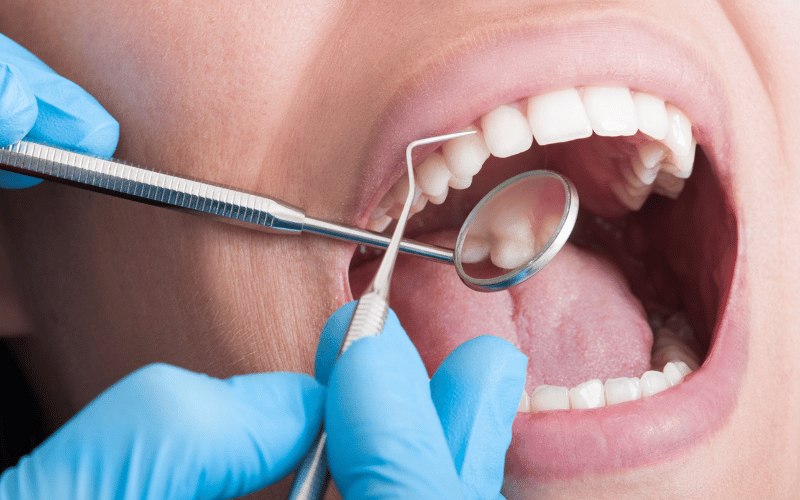3. Exploring the Causes of Hyperdontia

Pinpointing the exact cause of hyperdontia is a complex task. Dental professionals believe that a combination of genetic and environmental factors play a role in the development of supernumerary teeth. Some studies suggest a hereditary component, with a higher incidence of hyperdontia observed in families with a history of the condition.
Associations with certain syndromes and developmental disorders have also been noted. Individuals with conditions such as Gardner’s syndrome and cleidocranial dysplasia are found to have a higher incidence of hyperdontia. These associations highlight the complexity of the condition and underscore the importance of a comprehensive approach to diagnosis and management.
The role of the dental lamina, the tissue from which teeth develop, is another area of focus for researchers studying hyperdontia. Abnormalities in the dental lamina could lead to the formation of extra tooth buds, resulting in supernumerary teeth. Understanding these developmental processes is key to unraveling the mysteries of hyperdontia and developing effective treatment strategies.
For individuals affected by hyperdontia, and the healthcare professionals who care for them, exploring the causes of the condition is a vital part of the journey. It provides insights that can guide treatment decisions, helping to ensure the best possible outcomes. While there is still much to learn about hyperdontia, the progress made thus far lays the groundwork for future discoveries and advancements in care. (3)